Potassium is a chemical element that is released by the symbol K. Potassium is a nutritious ingredient for plants. As long as the soil is free of sand, high levels contain potassium.
Some plants require a large amount of potassium. And there are a lot of bells between them. In the absence of potassium, the yield decreases, the leaves become dull, the leaves shrink, the leaves become dull.
Potassium maintains ionic balance and water position in plants.
The Importance of Potassium (K) in Crops
potassium is also known as potash it’s one of the three essential macro nutrients.
potassium plays an essential role in. Ensuring healthy crops and optimal. Yields it’s required for the activation. Transpiration potassium also fosters nutrient uptake enhances nitrogen use and increases protein production.
For all these reasons, potassium demands higher quality crops and maximum yields, and farmers have become more interested in using potassium.
How to Add Potassium to Tomato Plants
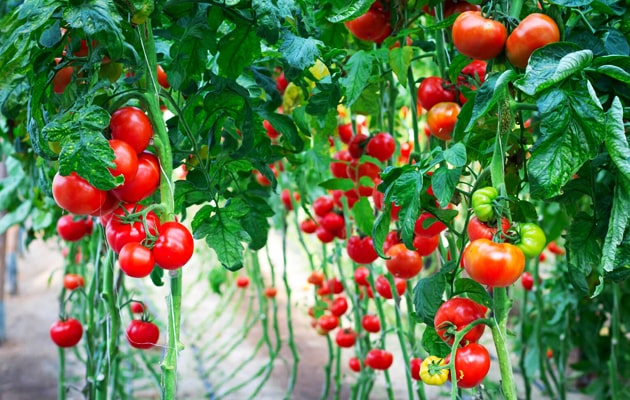
There are a few ways you can add potassium to the tomato tree. Soak the banana peas in small pieces and soak them in water for a few days.
After a few days, potassium can be added by mixing it with a pile of soil.
How to Make Homemade Potassium to Tomato Plants
There are many things we use that we use as a source of potassium. You can apply the crop on your own with your small garden and living area.
Step 1
Chop the banana into small pieces. Then leave it for a few days. And then mix it with a pile of soil. Allow the soles to soak in water for two weeks, then spray the liquid thoroughly on the soil of the plant.
An effective method for raising potassium levels is to place some bananas at an inch below the surface of the soil.
Step 2
Burn wood. Collect firewood ash and rub it on the ground. And sprinkle it in different places. Wait to get the next result.
Step 3
Collect the coffee grounds you use. And mix them with soil.
For best results, you can dig 6 to 4 inches.
How to Add Potassium to Garden Soil
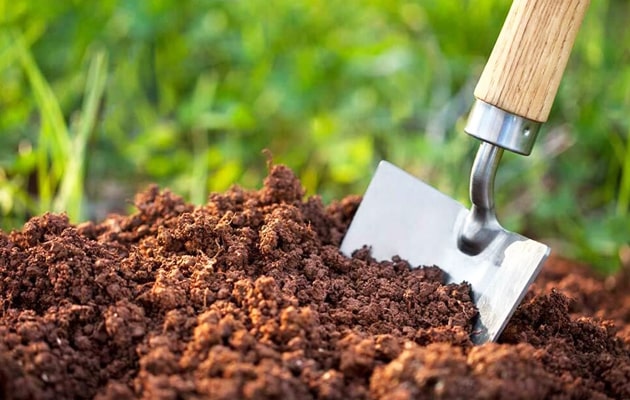
To keep your garden green and to maximize your yield, add potassium when your plants begin to bloom or you feel yellow. Soil orchard soil needs to be examined every one or two years.
1. Add Greensand to Your Soil
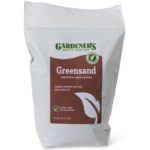
Use about 5 pounds (2.25 kilograms) of soil per 100 square feet (9 square meters). It works for soil conservation. It acts as a conditioner and helps to hold water.
2. Add Granite Dust
Like Greensand, it slowly releases potassium. So if you need a quick fix, this will not work well. It is much cheaper and better to use.
3. Bury Banana Peels in Your Soil
Cut the banana peel into small pieces. It will take some time to digest the cheeses. It can be mixed directly with the soil. From which potassium is made.
4. Test Your Soil Every One to Two Years
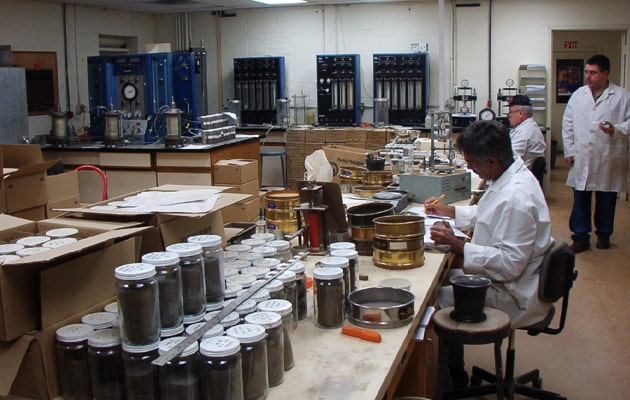
For most gardeners, it is advisable to check your soil lab every two years. Get tested at a university or lab near you.
5. Potassium Add In The Soil
Both nitrogen and phosphorus are constituents of soil organic matter, but potassium is slightly different.
Potassium is rarely found in soil. Many farmers find that they use the toilets mixed with soil in birds.
Symptoms of Potassium Deficiency
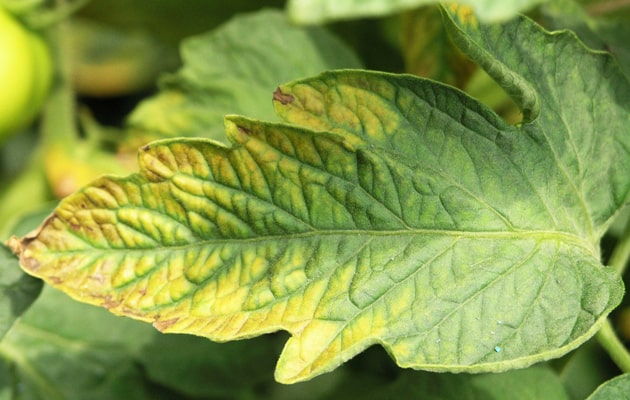
Common symptoms of potassium deficiency in plants include brown scratching and curling of leaf tips, as well as chlorosis (yellowing) in leaf veins. Purple spots also appear on the underside of the leaves.
If severe potassium deficiency occurs you will be able to see some symptoms on the leaf. In the absence of potassium, the leaves of the tree turn yellow and fall off one by one.
Most of the time potassium deficiency is found in sandstone. Because it is insoluble, it is easily lost from the soil.
Symptoms of potassium deficiency: Due to the deficiency of potassium, the flowers of the plant are watered and the yield is low. Potassium deficiency results in loss of seeds and yellowing of the leaves. Changes in leaf veins are also seen.
What’s the function of Potassium (K) in plants?
The importance of potassium is very important for the tree to survive. It stores a large number of mineral macro nutrients in both plant and animal tissues. Thus, plenty of potassium is needed for proper growth and reproduction in plants.
- It helps in the uptake of water and other salts into plant tissues and cells.
- Potassium helps in the synthesis of proteins and starch in plants. Which is very useful for the tree.
- Potassium activates the enzymes responsible for certain functions.
Importance of Potassium in Agriculture
Potassium is very important in agriculture and soil gardening. Potassium is made artificially. Potassium is mainly used in hydroponics to increase root growth and drought tolerance.
In addition to plants, potassium fertilizer can protect plants from weather changes, diseases, and nematodes. They are used by farmers as artificial fertilizers.
Potassium to Plants Benefits
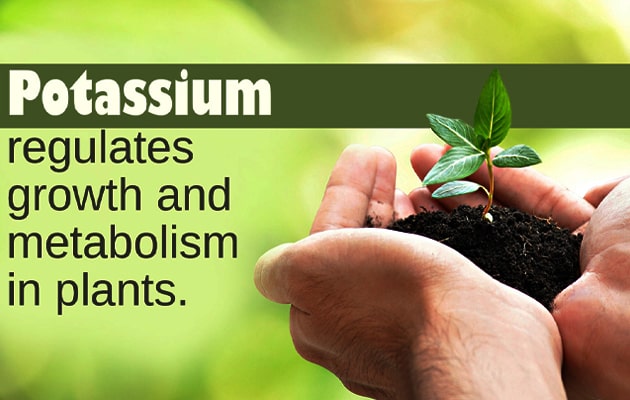
It helps the ability of plants to prevent disease. Keeps the skin very well. Adding potassium is very easy for plant growth. You can find methods to add potassium. Helps in glycosylation. By which the food is eaten.
The Effects of Potassium /Toxicity
No toxicity is seen in the excess potassium plants. But it may be due to excessive consumption of nutrients.
So it should be used in the right direction. The correct method of potassium fertilizer is usually written on it. Seeing it has to be applied in time.
Conclusion
There is a signal of potassium K. By which it releases potassium. Potatoes, brassicas, tomatoes, apples, currants, gooseberries and raspberries. Sugar beets, cereals, and clover are also commonly infected.
Potassium is very useful for plants. And there are many wonderful Ipayas that have emerged in the discussion of Imams. And the response is very minimal. You can use it in your garden and cropland.
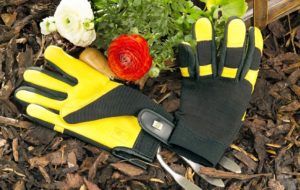
Best Leather Gardening Gloves [Top 10 Picks]
Although gardening is fun and fulfilling, it can also be dirty and stressful. Apart from kneeling and stooling for long hours, you also run the

The 10 Best K Cups for Iced Coffee As Per Experts
Iced coffee is a refreshing way to beat the heat of summer. You can buy premade iced coffee from your local grocery store or you

How Long Do K-Cups Last?
The K-Cup is a trademarked name of a company known as Keurig Dr. Pepper. However, the name has gained so much popularity in the United

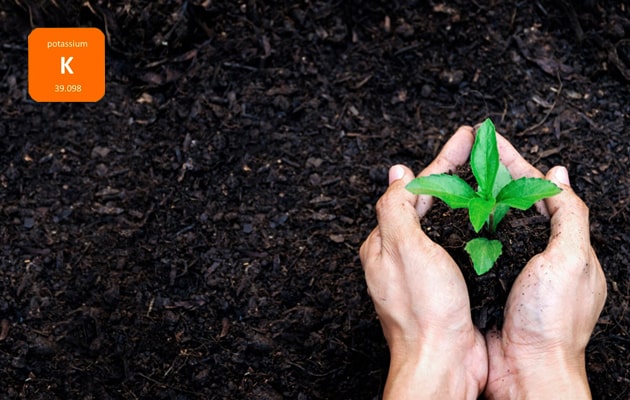
tehnoreiting.ru
I’d like to shout regarding a quite special recording of Getting Through Middle of East
Borneo Indonesia Forest for Traditional Cooking on the Ricefield https://www.youtube.com/watch?v=gEUqYxb-I7w
I’d really be thankful if you would go watch the video
Good post. I learn something totally new and challenging on websites I stumbleupon everyday.
It will always be exciting to read content
from other authors and use something from other websites.
vacation on gozo